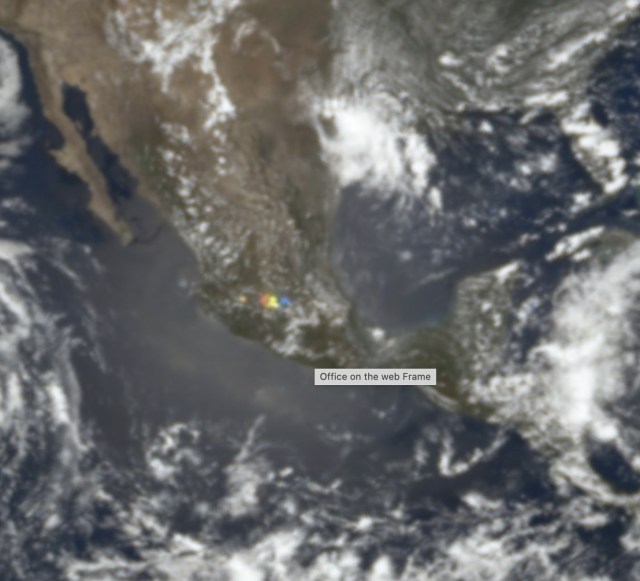Kai Yang from the University of Maryland presented at a recent conference on the use of EPIC data to retrieve tropospheric O3. Instead of using traditional residual methods that rely on external stratospheric O3 data, EPIC estimates the separation between the stratosphere and troposphere in retrieved O3 profiles. When compared to near-coincident O3 sonde measurements, EPIC data showed a bias towards lower values, ranging from a few DU up to 5 DU. This bias is likely due to EPIC’s limited sensitivity to O3 in the troposphere.
Furthermore, comparisons were made between EPIC data and seasonal averages of TROPOMI tropospheric O3. The results showed consistent spatial and temporal distributions, with variations caused by factors such as atmospheric movement, pollution, lightning, and biomass burning. In addition to these findings, Yang also presented EPIC measurements of sulfur dioxide (SO2) emissions from recent volcanic eruptions. These included those from Mauna Loa and Kilauea in Hawaii (2022–2023), Sheveluch in Kamchatka, Russia (2023), Etna in Italy (2023), Fuego in Guatemala (2023), Popocatépetl in Mexico (2023), and Pavlof and Shishaldin in the Aleutian Islands, U.S. (2023).
EPIC recorded maximum SO



